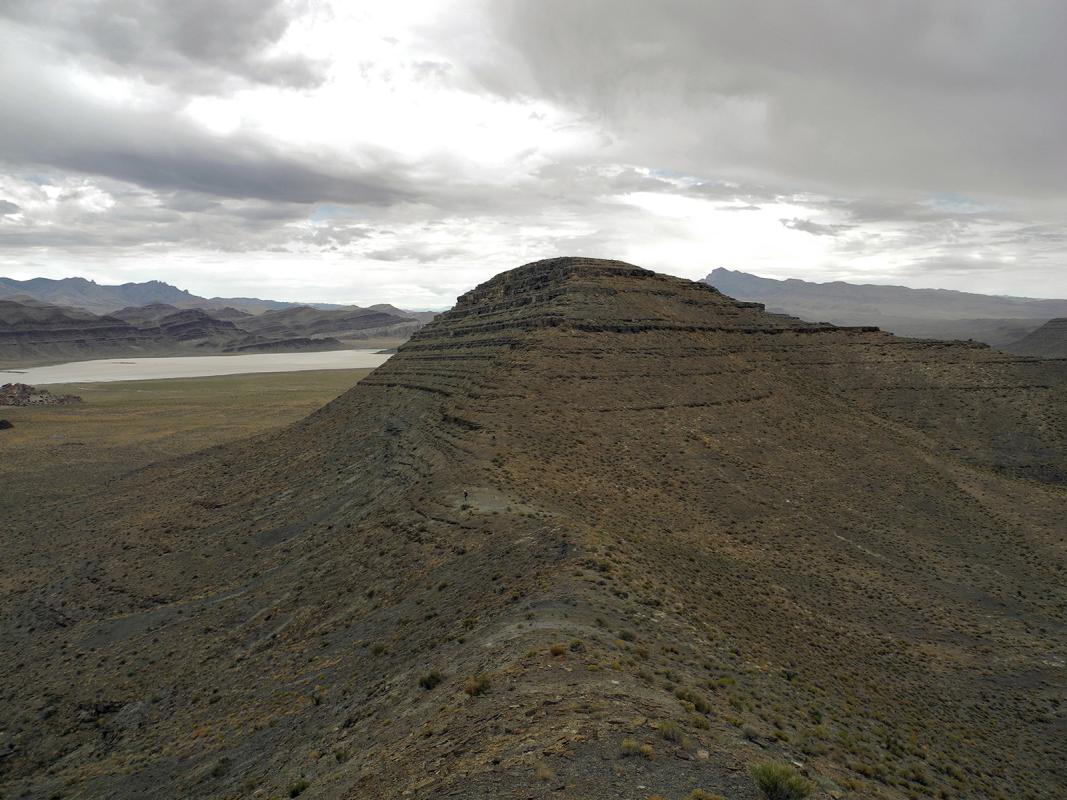During the lower and middle Ordovician (about 470 million years ago) one of the most significant diversification events in earth’s history took place among marine organisms. The causes of this event referred to as the “Great Ordovician biodiversification event” (GOBE) are debated. In addition to abiotic controls, such as oxygen content, water temperature and tectonic plate configuration, biological-ecological mechanisms, above all competition and predation pressure are suspected to have contributed to this increase in biodiversity. However, the detection of such factors in the fossil record is difficult. One chance is the analysis of biodiversity patterns of neighbouring habitats in successive time slices. In this way, it is possible to investigate whether ecosystems were randomly filled with species locally over time or whether the increase in diversity was due to habitat specialization of their inhabitants. The latter would be a strong indication of competitive exclusion as a control factor of diversification processes. With their near-continuous depositional history and diverse habitat architecture, Ordovician shallow marine successions of the Western US (Utah, Nevada) provide ideal conditions for using quantitative palaeoecological methods to test the impact of small-scale biological interactions on radiation events.
Laufzeit
01.03.2017 – 28.02.2020
